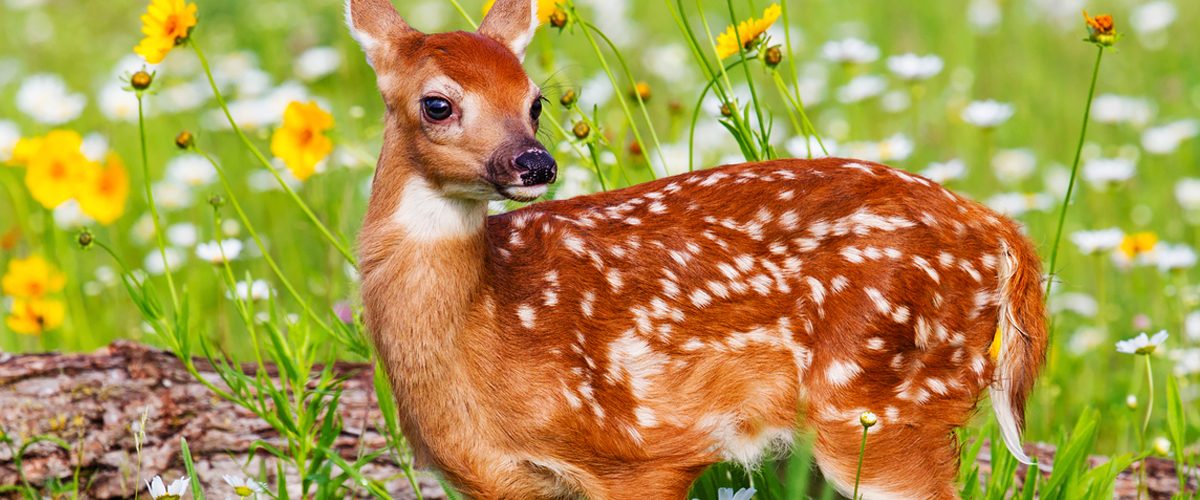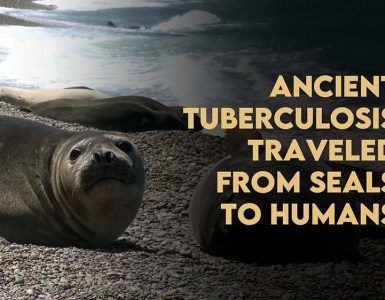In humans who experience chronic stress, Burnout has been observed, and the same behavior has been recently noticed in white-tailed deer fawns. Asia Murphy, a recent graduate from the Penn State’s Intercollege Graduate Degree Program in Ecology in an experiment observed that
The presence of people creates an environment where the danger seems so high that the animals stop having vigilance behaviors.
This attitude of ‘take-it-easy and ‘no-point-to-hide or flee’ has been observed mainly in the older deer, but not exclusively, as she reported in the Journal of Animal Ecology. The deer are otherwise very instinctively vigilant against predators as 50% of their babies won’t live up to their first birthday, because of constant predators like coyotes, bears, etc.
For the experiment, Murphy set up the camera at 3 different public forests within Pennsylvania between the period of May 2016 to September 2017 and noticed that in the forest with less human activity, the fawn was more defensive and vigilant against predators, despite having fewer slayers, whereas, deer living in the forest close to human housing or agriculture tends to be inured to predators ironically.
The danger or predators when mixed with constant (though harmless) human activity creates overwhelmingly constant stress for fawns, taking away their energy and leading them to the point of burnout, where their vulnerability rises even more.
This finding is following the risk allocation hypothesis, according to which in prolonged high risk, the prey tends to spend less time defending against predators and vice versa. It leaves the female deer and fawns at elevated risk due to their less vigilance behavior, mostly at the active predator times of the day.
The prime objective of the study was to examine how human-dominated areas influence the timing, frequency, and spacing/locations of interaction between humans, black bears, coyotes, bobcats, and fawns/deer. The research showed that bears, bobcats, coyotes, fawns, and adult deer all had more frequent timing overlaps in the agriculture and development sites compared to the mostly unbroken forest site. Proving that the disturbed landscapes create more time and space overlap between predators and fawns. Murphy writes, that
We posit that a consistently high level of perceived risk from humans may be the reason why studies – including ours – fail to detect anti-predator and avoidance behaviors
This is the first of its kind study, that highlights and antipredator behavior of fawns across space, time, and predators, said the leader of the U.S. Geological Survey’s Pennsylvania Cooperative Fish and Wildlife Research Unit, Diefenbachof Penn State. It is evident now that human presence has the latent to shift interactions among prey and predators, and things get more serious depending upon when and where the encounters occur. There is a need of creating a neutral or positive spatiotemporal association between different species understudy to reduce the risks or extinction of deer.

















Add comment